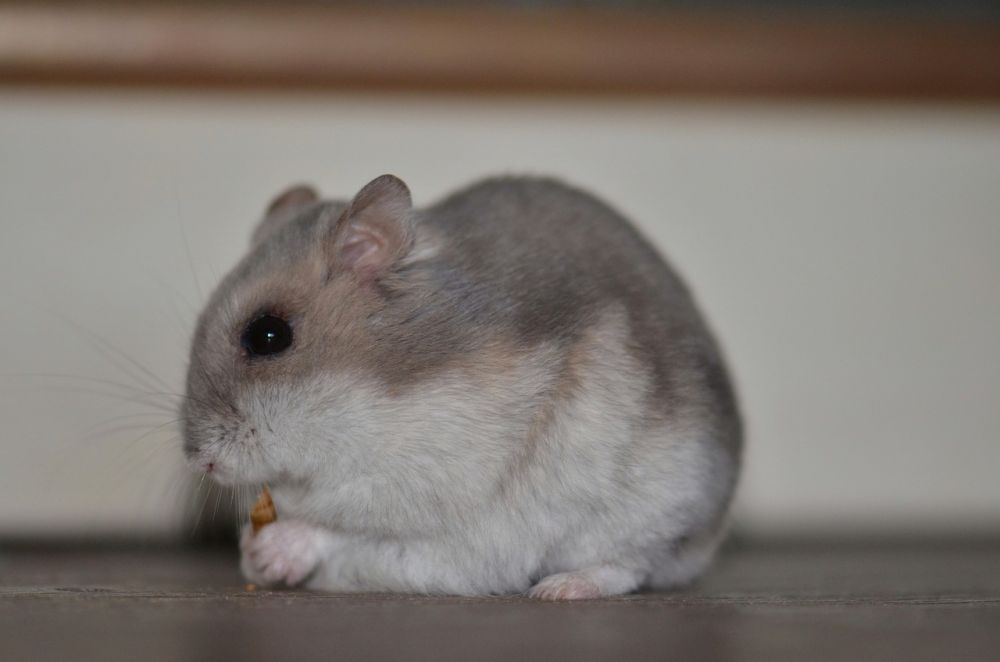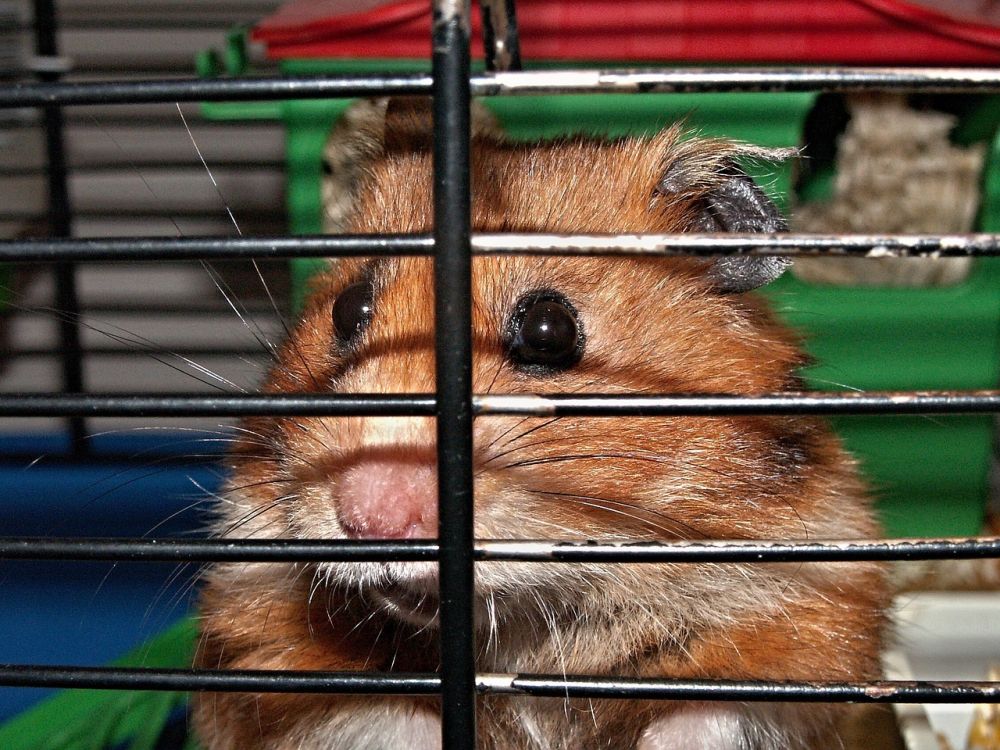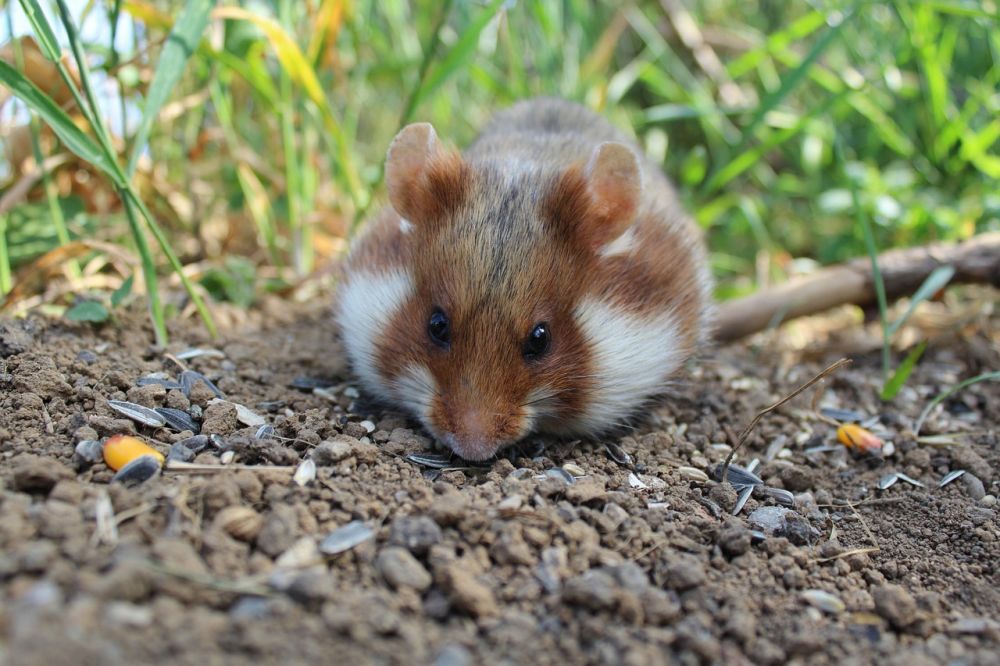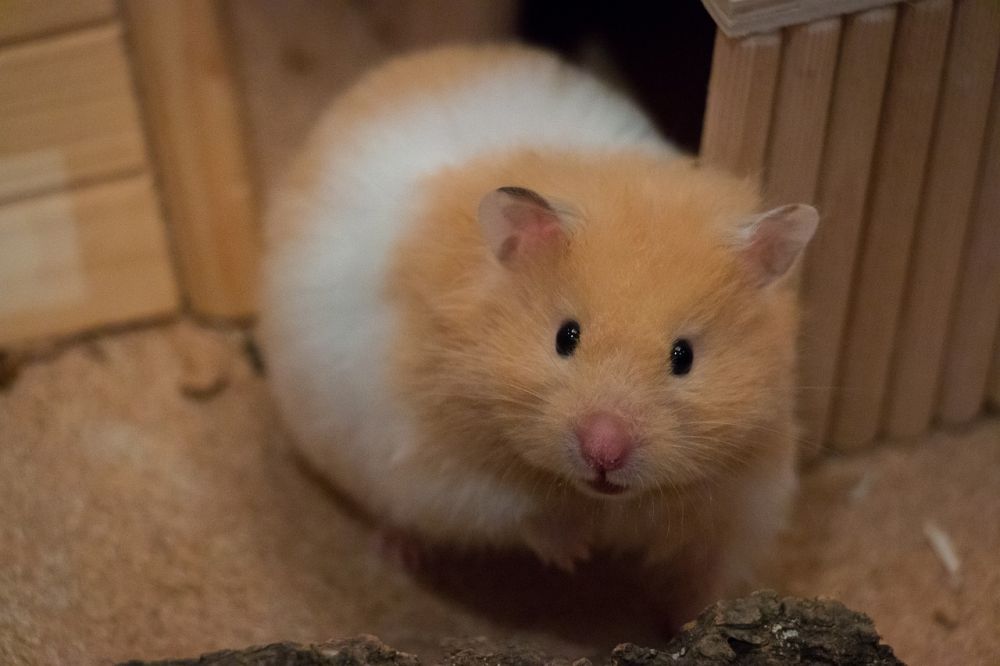Hamster Mature: Expert Insights on Types, Varieties, and Quantitative Measurements
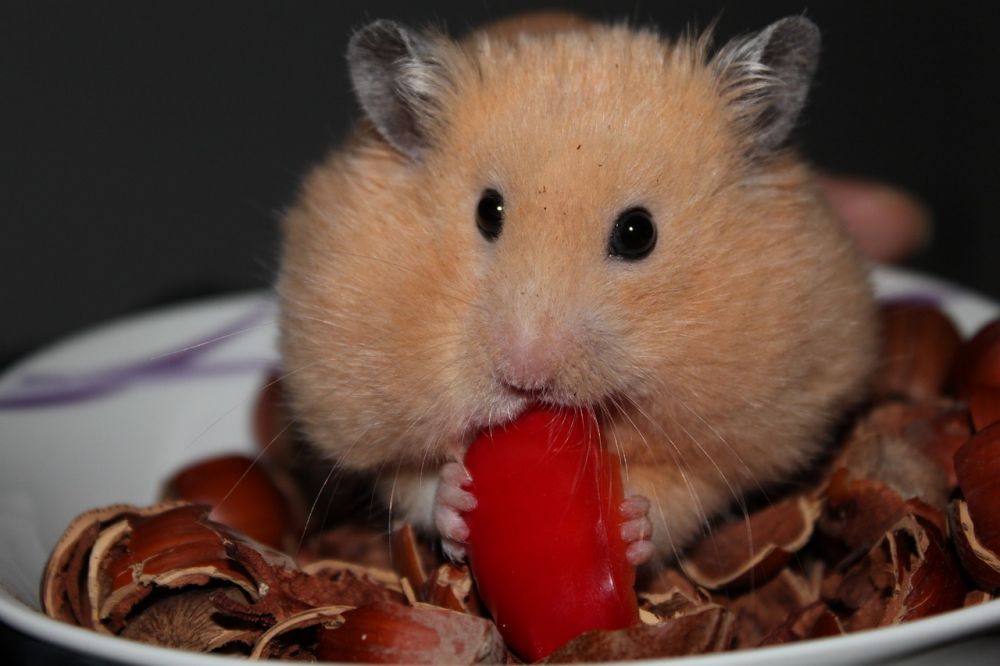
Hamster Mature: A Comprehensive Guide
Introduction:

Hamster Mature is a term that refers to the advanced stage of life in hamsters. Like all living beings, hamsters also go through a natural aging process, and it is essential for hamster owners to understand and provide the necessary care during this phase. In this article, we will delve into the various aspects of hamster maturity, including types, popularity, quantitative measurements, differences among various species, and a historical overview of the pros and cons associated with different types of hamster matures.
Understanding Hamster Mature – Types and Popularity
Hamster Mature can be categorized into three main types: Syrian, Dwarf, and Roborovski. Each of these types has its unique characteristics and popularity among hamster enthusiasts.
1. Syrian Hamster Mature:
Syrian hamsters, also known as golden hamsters, are the most popular and widely kept type of hamster. These mature hamsters typically weigh around 100-150 grams and have a lifespan of 2-3 years. Syrian hamsters are solitary creatures and require separate housing. They are known for their friendly and docile nature, making them suitable pets for both adults and children.
2. Dwarf Hamster Mature:
Dwarf hamsters are smaller in size compared to Syrian hamsters and are further divided into various species, including Winter White, Campbell’s, and Roborovski. These hamsters mature within a year and have a lifespan of about 1.5-2 years. Dwarf hamsters are highly active and social creatures, requiring companionship, especially in the case of Roborovski hamsters. Due to their small size, they require smaller cages with narrow bar spacing.
3. Roborovski Hamster Mature:
Roborovski hamsters, also known as Robos, are the smallest and fastest species of dwarf hamsters. They mature early, usually within 3-4 months, and can live up to 3 years. Roborovski hamsters have a high energy level and are difficult to handle, making them more suitable for experienced hamster owners.
Quantitative Measurements of Hamster Mature
Quantitative measurements play a crucial role in understanding the health and well-being of hamsters during their mature stage. Here are some important metrics to consider:
1. Weight:
Regularly measuring the weight of a mature hamster allows owners to monitor their health. As hamsters age, they are prone to weight loss, so any significant drop in weight should be carefully monitored and discussed with a veterinarian.
2. Activity Level:
Observing the activity level of a hamster is crucial to determine its overall well-being. If a mature hamster becomes less active than usual, it could be an indication of an underlying health issue and should be investigated.
3. Dental Healt
Dental problems are common in older hamsters, and regular checks are essential. Overgrown teeth, broken teeth, or excessive drooling may indicate a dental issue requiring veterinary attention.
4. Hair Loss and Skin Condition:
As hamsters mature, they may experience hair loss and changes in their skin condition. This can be due to hormonal changes or underlying health problems. Monitoring the fur and skin and seeking veterinary advice if any significant changes occur is vital.
Differences Among Hamster Mature Types
Each type of hamster mature has distinct characteristics and requirements. Understanding these differences is crucial for providing appropriate care:
1. Housing Needs:
Syrian hamsters require larger cages with more floor space, while dwarf hamsters can be housed in smaller enclosures. Syrian hamsters are solitary and need a separate living space, while dwarf hamsters thrive in pairs or small groups.
2. Temperament:
Syrian hamsters are generally more calm and tolerate handling, making them suitable for first-time hamster owners. On the other hand, dwarf hamsters, especially Roborovski hamsters, are more energetic and may be challenging to handle.
Historical Overview of Pros and Cons
Over the years, the hamster breeding community has focused on selective breeding, resulting in variations in hamster matures. Here is an overview of the historical pros and cons associated with different types:
1. Syrian Hamsters:
Pros: Friendlier and more sociable, larger size.
Cons: Shorter lifespan, territorial behavior.
2. Dwarf Hamsters:
Pros: Longer lifespan, highly active and entertaining.
Cons: Require companionship, small size can make handling difficult.
[Conclusion]
In conclusion, understanding hamster mature is essential for providing appropriate care to these beloved pets. Knowing the types, popularity, quantitative measurements, differences among hamster matures, and historical pros and cons associated with each type ensures a comprehensive understanding of these furry companions. Whether a Syrian, Dwarf, or Roborovski, hamsters provide a great deal of joy and companionship throughout their lives.
